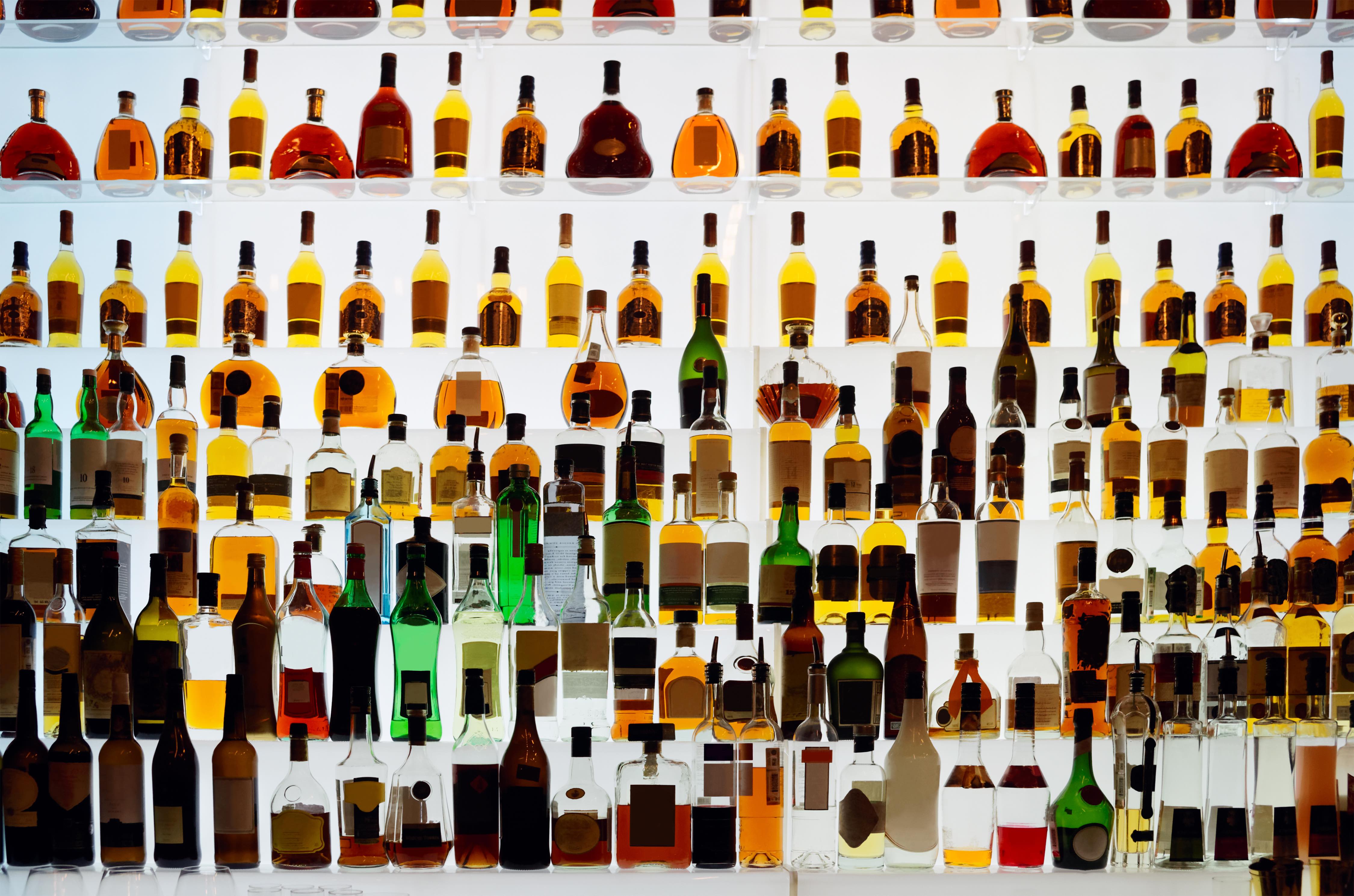The demand for whiskey (or “whisky” without the the “e”) has grown at a tremendous pace over the past decade, especially American whiskey which grew at almost 7 percent in 2016 according the the Distilled Spirits Council. This growth has led to new brands being launched and existing brands to reinvent themselves to hold onto or capture more of the increasingly competitive shelf space. But with so many bottles to choose from how can consumers tell one from another?
Now if you want to read the technical definition of the Standards of Identity, you can read them in the federal regulations. But if reading legal jargon makes your stomach feel like it does when you get home at 7 a.m after partying all night in Tijuana with a bunch of Marines, then we’ll break down what you need to know when shopping for that precious brown liquid.
1. What makes “whiskey” legally whiskey?
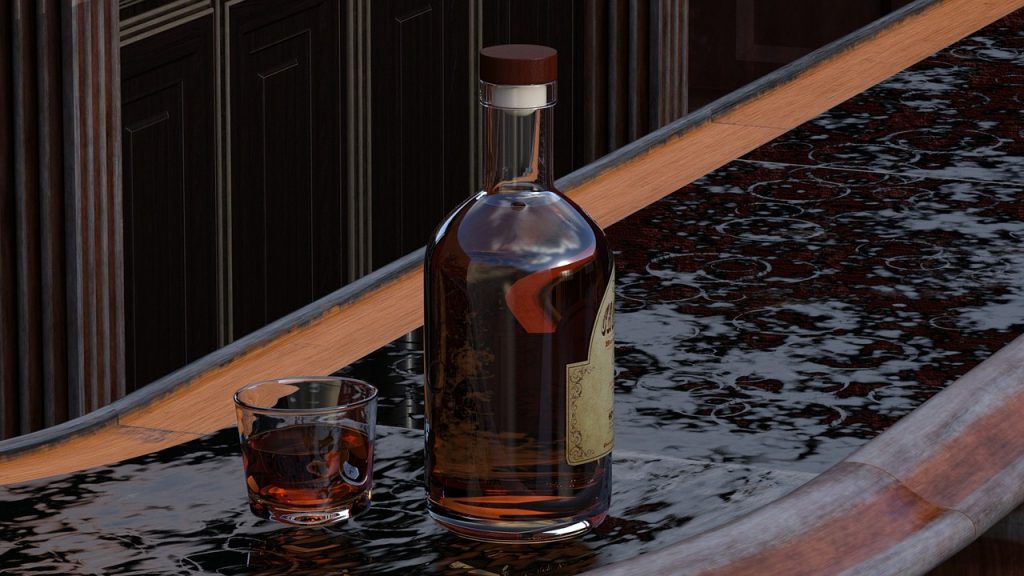
Whiskey may be made from any type of grain (from anywhere in the world) and distilled up to 190 proof, but bottled at no less than 80 proof. It must be aged in oak barrels (except for corn whiskey) and you can add caramel color, sugars and other things to it to get it to look, smell and taste like whiskey.
2. How about “bourbon whiskey”?
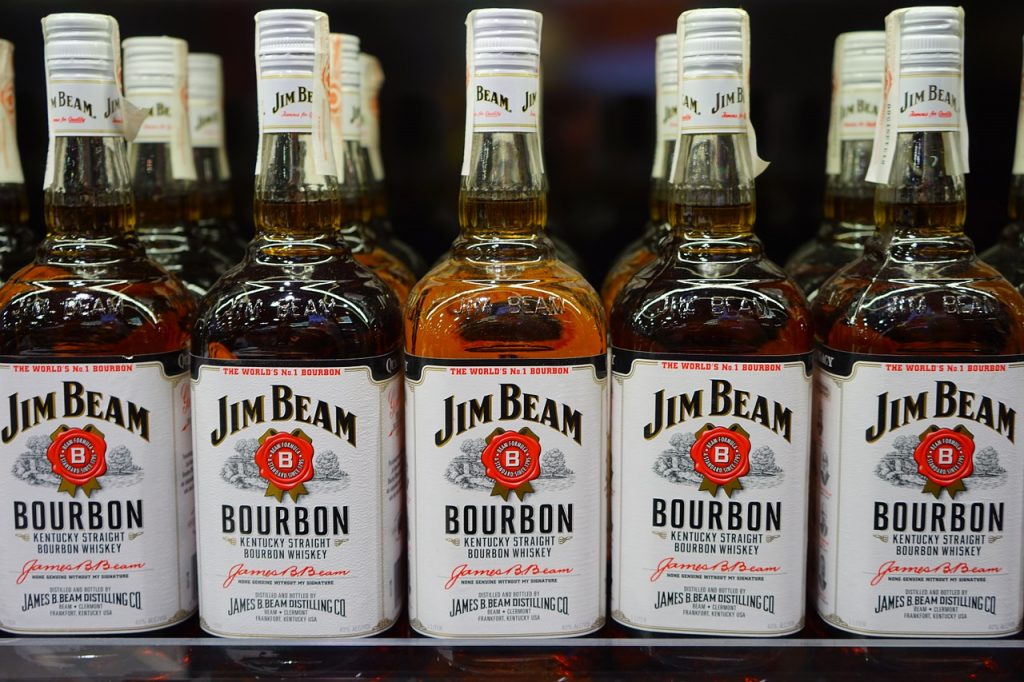
Bourbon whiskey (which includes in the definition “rye whisky”, “wheat whisky”, “malt whisky” and “rye malt whisky”) is whisky produced at least 51% of the specified grain for type of whiskey, distilled at no more than 160 proof, and stored in a brand new charred oak barrel at less than 125 proof. No other ingredients are permitted to be added to the whiskey except water (or other bourbon). Oh and by the way, it doesn’t need to made in Kentucky…although Kentuckians will probably disagree!
3. …and “corn whiskey”?

To be able to call a whiskey “corn whiskey” it must be at least 80% corn, distilled at no more than 160 proof, and stored in a used charred oak barrel or a brand new uncharred oak barrel.
4. “Straight” whiskey
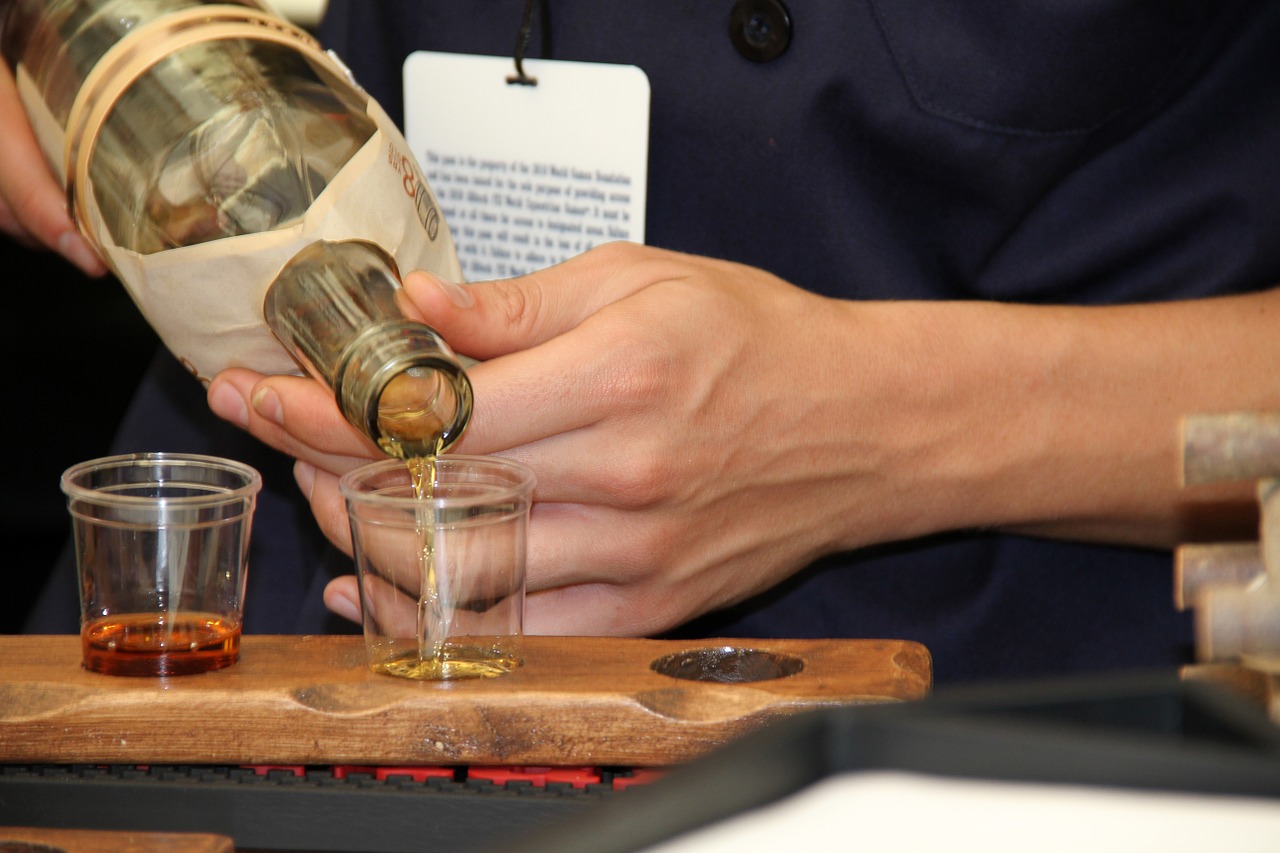
This means that the whiskey is aged at least 2 years in charred new oak barrels (straight corn whiskey in either used charred oak barrels or new uncharred oak barrels). It can be a blend of more than one straight whiskey type (i.e., bourbon, rye, wheat, corn), provided all the whiskey comes from the same state.
5. Bonded or Bottled-in-Bond
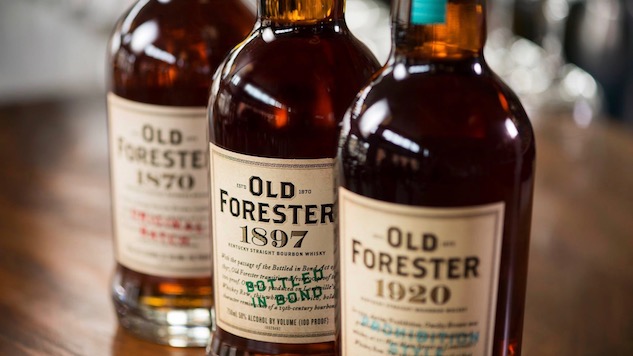
To be labeled “bonded” or “bottled-in-bond”, the whiskey must be the product of one distilling season (January to December) and one distiller at one distillery. The whiskey must be aged for a minimum of 4 years under U.S. government supervision and bottled at 50% ABV (100 proof). The bottled product’s label must identify the distillery where it was distilled and, if different, where it was bottled.
6. “Distilled”
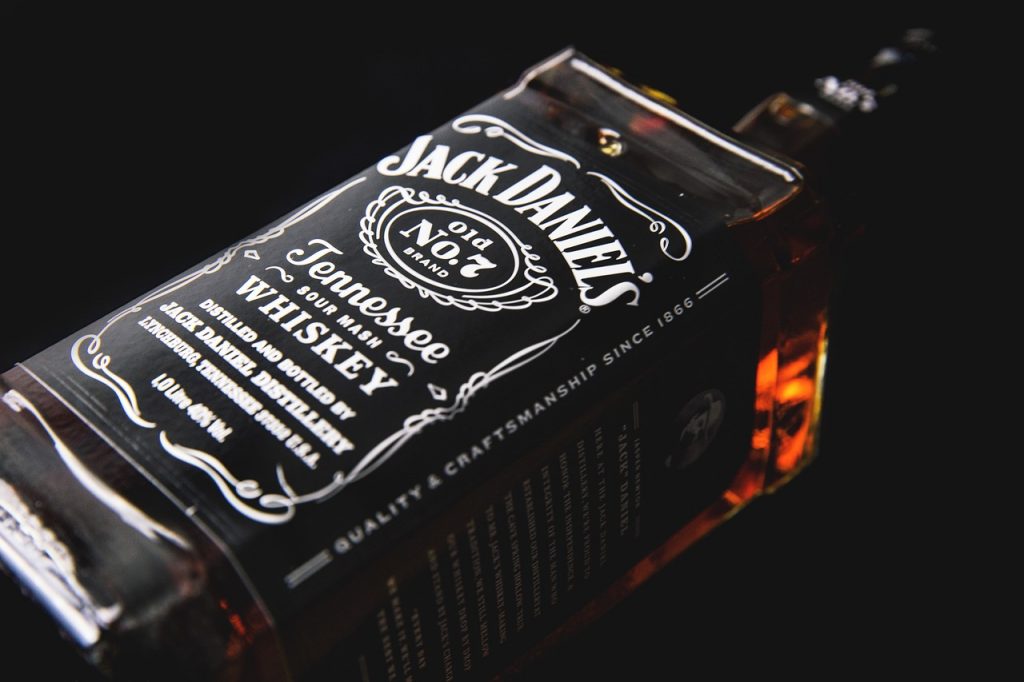
This is a confusing term, but is key to understanding who is actually making the whiskey. TTB regulations require a statement disclosing where the whiskey was distilled, so you can look on the label for either “distilled by” or “distilled in“. If a distillery makes the product, then they can state on the label “distilled by” or “distilled and bottled by” followed by the name of the distillery. If the whiskey is the product of a rectifier (people who buy and bottle whiskey from distilleries), then the label may read “distilled in Kentucky”, or “distilled in Kentucky, bottled by” (followed by the name of the company). If the label list terms, such as made, bottled, produced, handcrafted, etc., this is done to make it appear they distilled it, when in fact they didn’t.
7. Small Batch
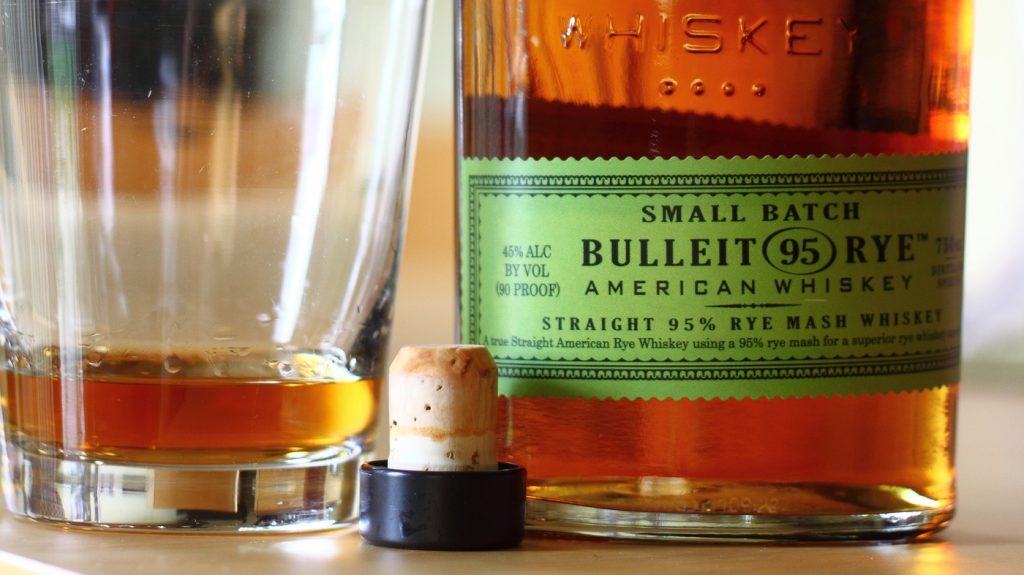
There is no legal definition for this term, so it could mean anything from 5 barrels to 5,000 barrels in a batch. The brand themselves determine what this means, so it really is only helpful to differentiate between the products the brand makes from each other.
8. Single Barrel
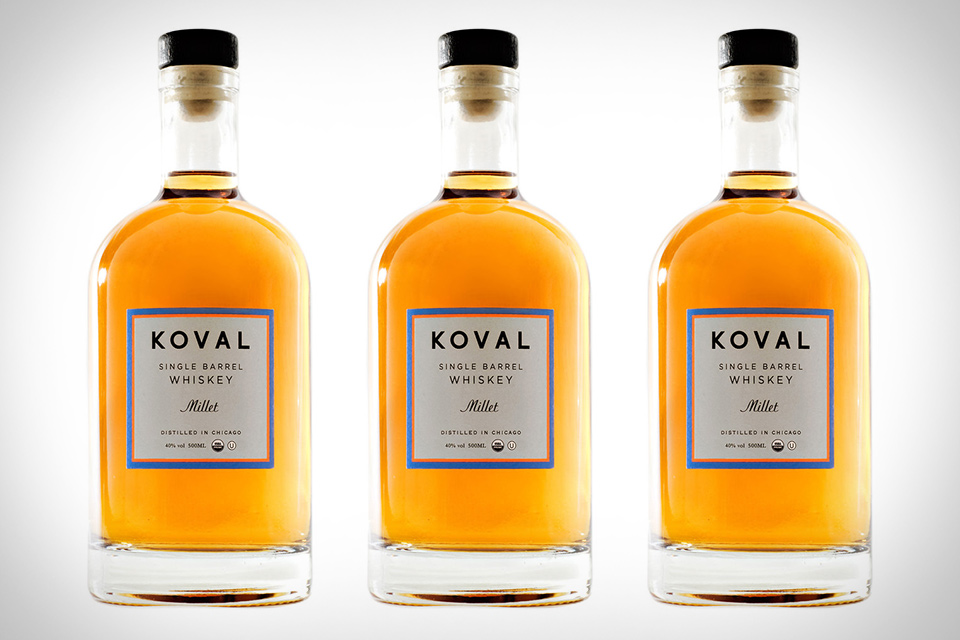
Single barrel is a batch from one barrel. The whiskey is then bottled it one barrel at a time, therefore each bottle is going to be a little bit different. This is unlike small batch where the whiskey would taste the same each and every time.
9. Barrel Proof
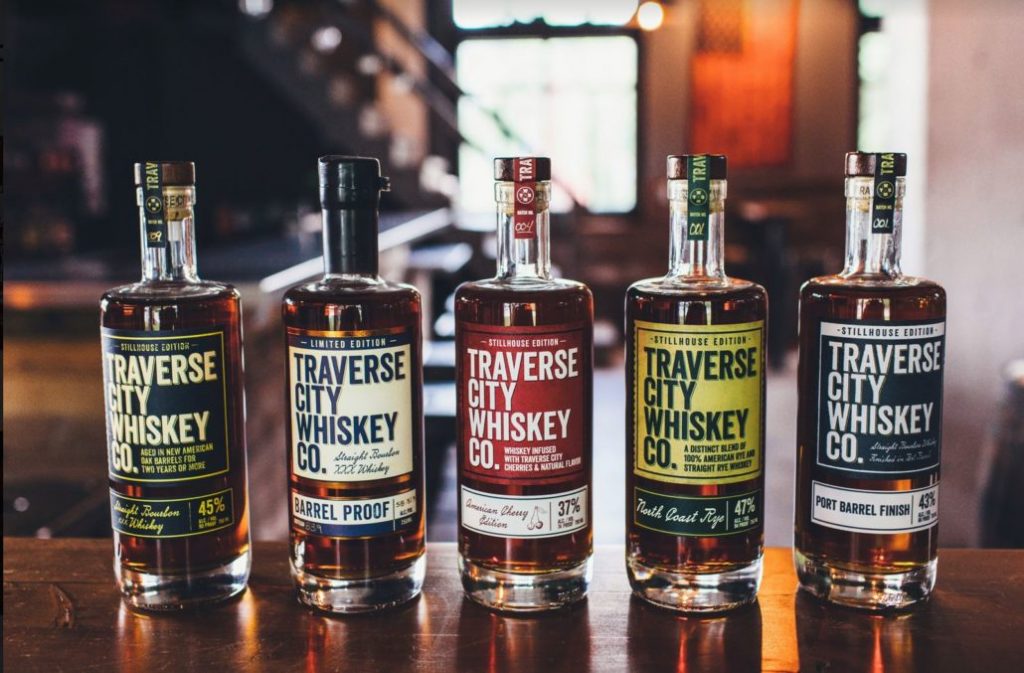
When the label states barrel proof this means the whiskey was bottled at the actual proof that an aged whiskey was barreled at with no added water. The whiskey is filtered to make sure to clean all of the char, but it is bottled at that proof. Since some of the whiskey is lost to evaporation as ages in barrels, the proof in the barrel can go up. So if you like high proof whiskey, look for those bottled at barrel proof.
The holidays are quickly approaching and there is no better time to pick out that special bottle of whiskey as a gift. After reading this article you are armed with the knowledge to make your shopping experience more meaningful and selection more informed.
Happy drinking from all of us here at Morsel Law!

